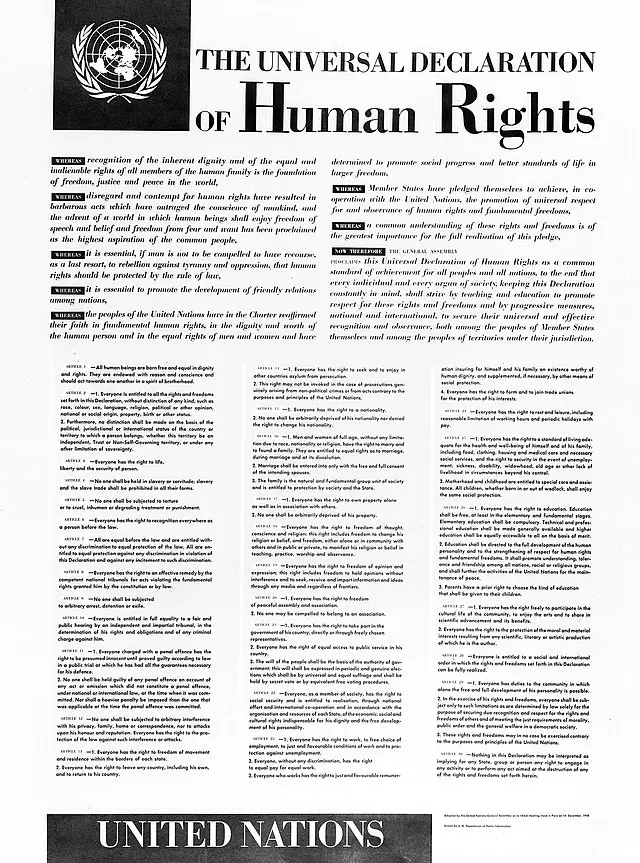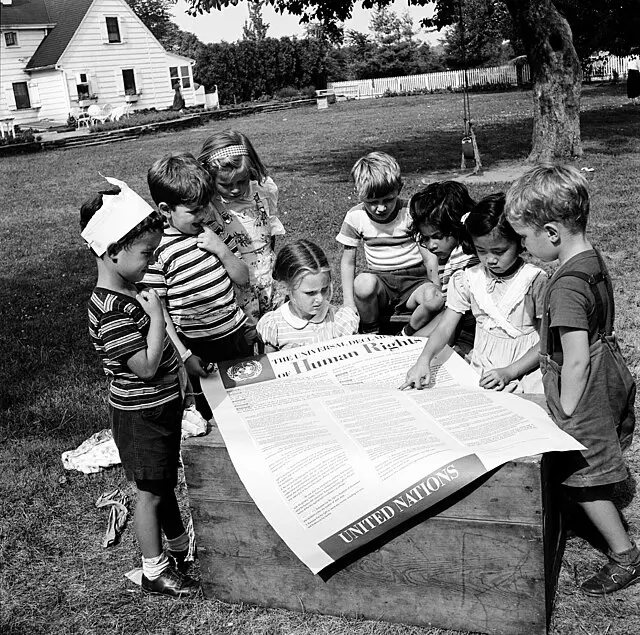The Universal Declaration of Human Rights (UDHR) is the most translated text in human history. With over 500 translations, it surpasses the reach of Shakespeare, the Bible, and even the Harry Potter series. But how did this document, born from the ashes of World War II, become the defining script of human dignity and freedom?
The Birth of a Universal Promise
In 1948, as the world reeled from the horrors of war, leaders from different nations came together with one mission: to ensure that such atrocities never happened again. Spearheaded by Eleanor Roosevelt, the United Nations General Assembly drafted a document that would serve as the foundation of human rights for all people, regardless of nationality, race, or creed.
On December 10, 1948, the Universal Declaration of Human Rights was adopted by 48 nations. It was an unprecedented moment in history—a declaration that all humans are born free and equal in dignity and rights, a statement that every person, in every nation, deserved to live without fear, oppression, or discrimination.

Why So Many Translations?
The goal of the UDHR was simple yet ambitious: to reach every single human being. This meant ensuring that people in the Amazon rainforest, the Himalayan mountains, African villages, and bustling cities alike could access its message in their native tongue. The UN launched an initiative to translate the document into as many languages as possible, breaking linguistic barriers in a way no text had done before.
Each translation represents more than just words—it symbolizes inclusion, accessibility, and a commitment to human dignity. When the document was translated into Quechua, Swahili, and even indigenous languages spoken by only a few thousand people, it sent a powerful message: human rights belong to everyone, not just those who speak the world’s dominant languages.
A Declaration That Defies Borders
The UDHR is more than just a collection of words on paper. It has shaped laws, influenced revolutions, and inspired movements for justice across the globe. From the fall of apartheid in South Africa to the fight for women’s rights in Iran, this document has acted as a guiding light for those seeking justice.
Despite the progress it has inspired, the battle for universal human rights is far from over. In some parts of the world, people still suffer under oppressive regimes, discrimination, and violence. The UDHR’s words remain as relevant today as they were in 1948, continuously reminding the world that human rights are not privileges—they are birthrights.
The Power of Words That Unite Us
The Universal Declaration of Human Rights is proof that words hold power—power to unite, inspire, and demand change. As the most translated document in history, it is a testament to humanity’s shared dream of freedom and dignity. It’s not just a declaration; it’s a promise, whispered in every language, across every border, for every human being on Earth.

